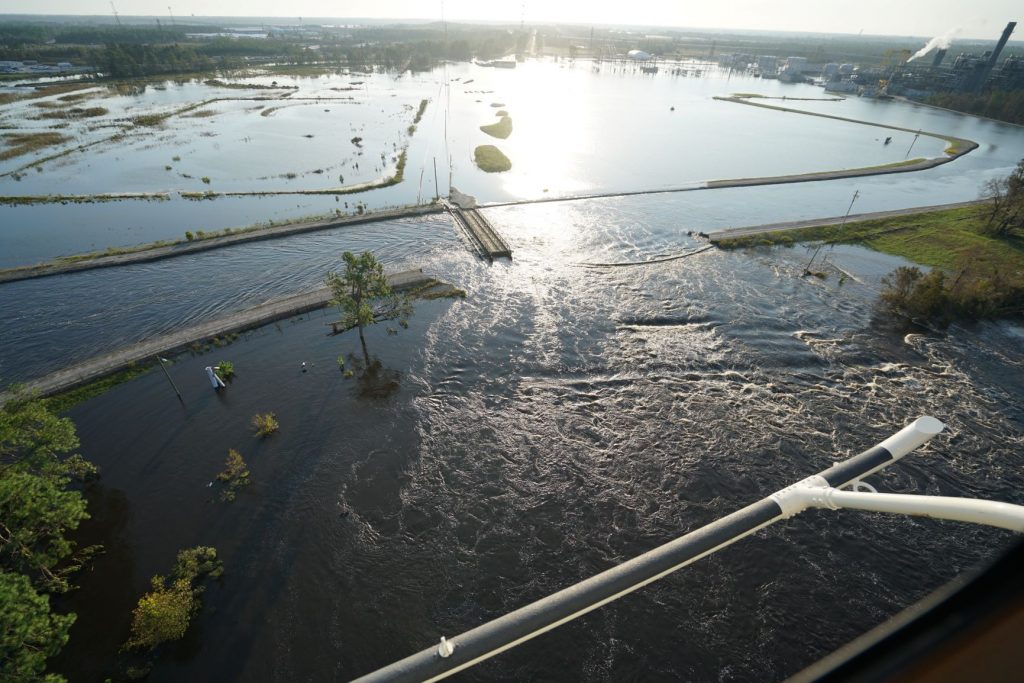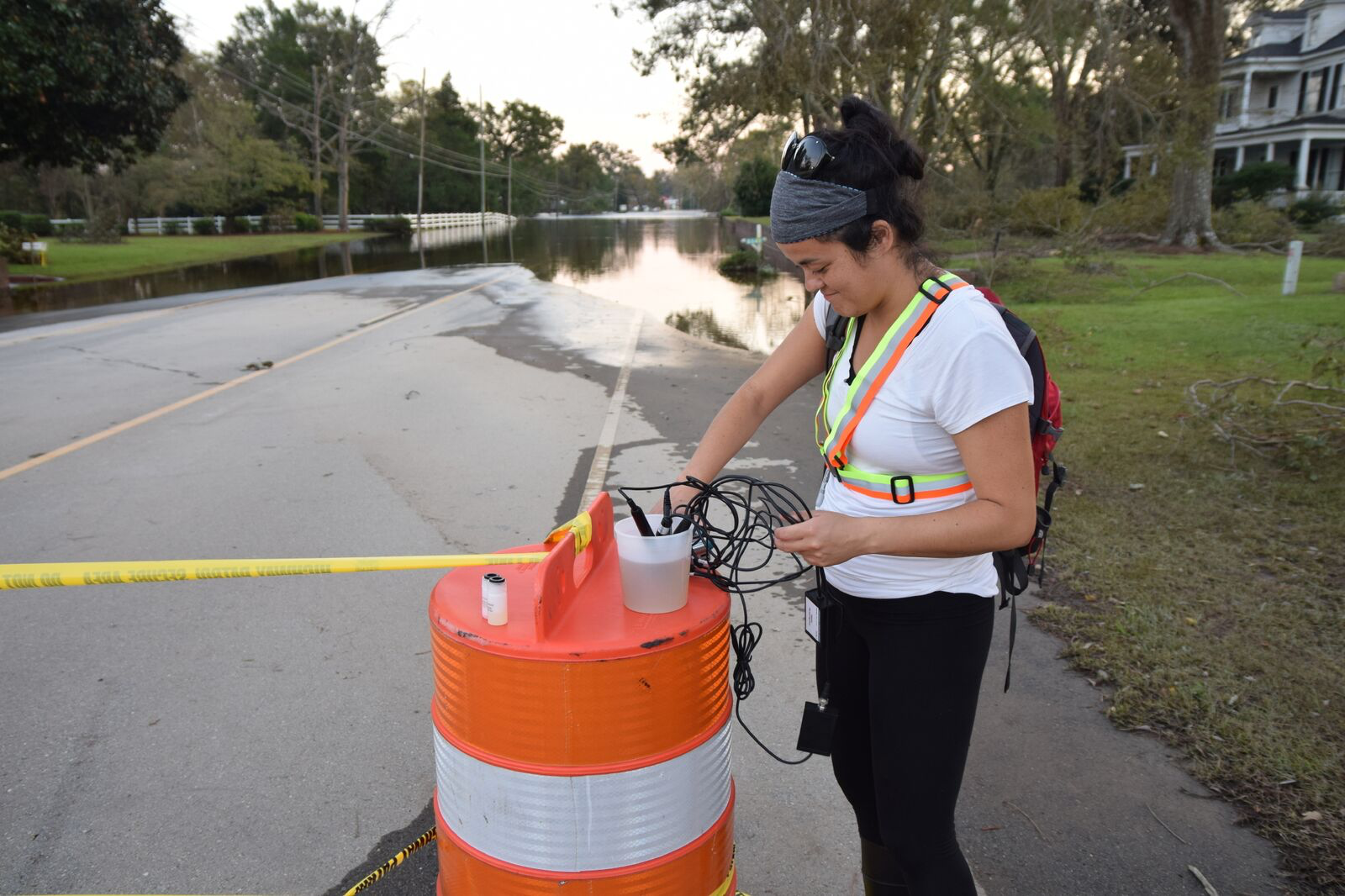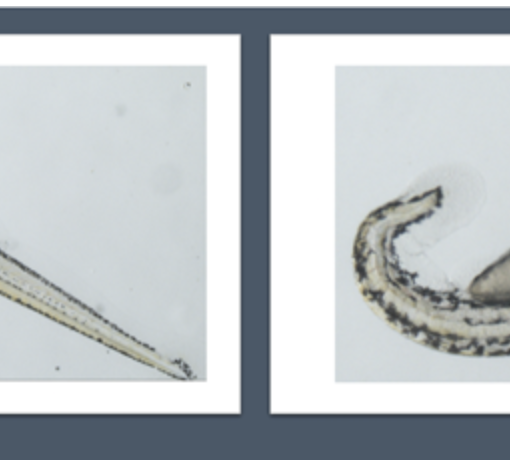Responding to the concerns of community partners after Hurricane Florence, the Duke Superfund Community Engagement Core worked with community groups and state and local government agencies over the course of several months to assess the safety of fish caught at Lake Sutton. As a result, today the lake has advisory signs that warn about the hazards of eating fish high in mercury.
Background
From the 1970s through 2013, Duke Energy used Lake Sutton to cool water coming from the neighboring L.V. Sutton Steam Plant, a coal-fired power plant.
Community members and consumers of local fish in the Wilmington area have long been concerned about the safety of fish caught and eaten from this lake; the NC Environmental Justice Network publicly raised concerns about this issue in 2013.
The Duke Superfund Community Engagement Core became involved with an EPA Environmental Justice Collaborative Problem Solving Grant in 2016. As part of this work, we heard concerns raised by community members about fish caught from Lake Sutton. The lake is actively promoted as a sport fishing and recreation site.
Researchers at Duke’s Nicholas School of the Environment had previously taken notice of the problem, too. In 2015, Duke University researcher Jessica Brandt, measured detectable levels of selenium in every sample collected from Lake Sutton, and some were above the EPA’s criteria level for aquatic life protection (standards set by EPA for animal safety). Though selenium occurs naturally in the environment, levels exceeding these safety thresholds are likely due to an industrial source of selenium entering the lake.
Concerns (and Contaminants) Stirred Up After Hurricane Florence
Following the devastating impacts of Hurricane Florence in September 2018, our partner organization Cape Fear River Watch documented coal ash basins and then the Cape Fear River spilling into Lake Sutton, which again raised concerns about pollution in the lake and river after the storm.

Shortly after the hurricane, Duke researchers Avner Vengosh, PhD, and Jessica Brandt, PhD, returned to sample at Lake Sutton. The lake’s sediments contained eight heavy metals including arsenic, selenium, and cadmium at levels exceeding EPA threshold values and “similar to or higher than those in stream sediments impacted by the Tennessee Valley Authority and Dan River coal ash spills.”
The CEC shared the results of this study with community partners in Wilmington and together, the group began to brainstorm how to perform fish tissue sampling at the lake to assess whether fish at the site were safe to eat.
In spring 2019, CEC staff recruited Dr. Brandt to help with collecting a limited number largemouth bass as well as bluegill and redear sunfish. Based on the household survey of subsistence fish consumers conducted as part of the EPA environmental justice grant, we knew that these three species are commonly caught and eaten in the area. We also enlisted support from DEQ to help analyze the fish tissue in accordance with state protocols for fish consumption advisories.
The New Hanover County Health Department, a CEC partner organization, designed and posted an advisory sign at Lake Sutton for mercury in largemouth bass.
The CEC connected Dr. Brandt and Dr. Vengosh with the director of the county health department to help him interpret their research results, and with Cape Fear River Watch to discuss the implications for human health.
With persistence, a lot of collaboration, and sound science, the CEC successfully brought together researchers, community partners, and state and local agencies to offer a more visible and accurate health warning to any fishermen catching and eating largemouth bass from Lake Sutton. We continue to work with our community partners in the area to help them understand and address environmental health issues of importance to them, both long-standing and emerging.







